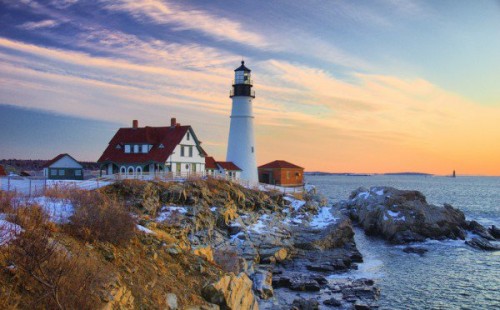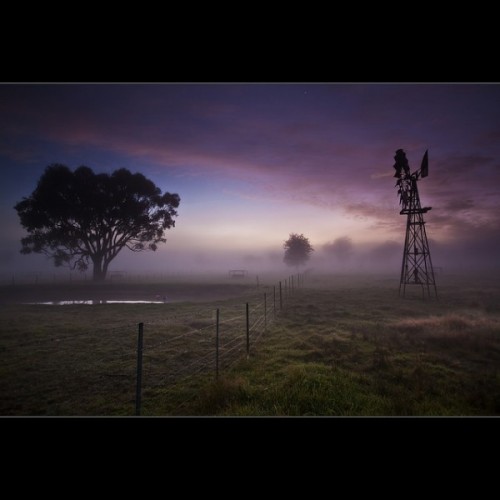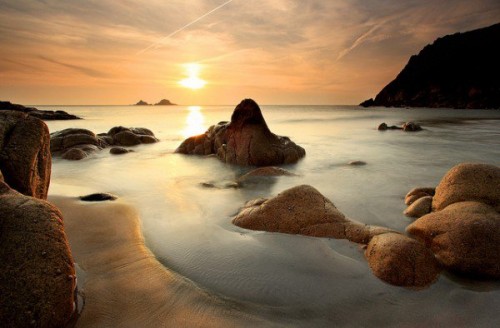Photographing the Perfect Landscape
one obvious light source: the sun. Many landscape photographers believe the best light comes with the early morning light; a window that lasts an hour so before and after sunrise. Others argue that sunset provides more vivacious colouring, whereas some declare winter sun to be the best for shooting during the middle hours of the day.
Whatever your preference, photograph with the light behind or to the side of you and be prepared to get their ahead of the ‘window’ to find the best position, program settings and wait for the show to start. With that in mind – pack a comfortable chair, flask of warm beverage and warm clothing. Revising sunrise and sunset times for that particular location can be of great benefit, particular if you have a great distance to travel.

Step 3: Creative compositions
A solitary field lacking compositional elements will arguably be a dull scene so compose your landscape as you would with any other subject; think about what is interesting to the viewer. Walk around the location to pick out points of interest and employ tactics such as the rule of thirds, symmetry or the golden ratio to compose your scene.
Pay attention to the geographical elements before you and how they intersect with each other, for example; the line of the horizon, the shape of a mountain or a lake, consider how much space lies before you before it intersects with the nearest line or shape, and determine where these elements should be positioned for maximum interest. Are there shadows, or reflections that you can exploit as main areas of interest? Consider some foreground interest to draw the viewer in, or incorporate a leading line; such as a path, river or railway track to guide the eye into the frame.
Before you shoot say to yourself ‘what interests me within this image?’, ‘Does this composition do anything for me?’ and ‘what are the main areas of interest here, and am I showing these at their best?’ Be objective if possible, just because you find something in the scene interesting, will someone else be able to relate to it enough to find it interesting? Finally, just because you are shooting a landscape, it doesn’t mean you are restricted to a landscape orientation – experiment!

Step 4: The ideal set up
Adjust your tripod to a height that offers the best perspective: too low and the scene can look flat, too high and the perspective on any foreground interest may become skewed. Attaching a carrier bag of rocks or even your backpack to the centre column is a good way of increasing rigidity in the likelihood that a sudden gust of wind may disturb your capture. If your tripod has a split level use this to ensure the composition is straight and secure the DSLR as tightly as possible.
Turn off your lens’ vibration reduction technology and set the camera’s ISO low to 100 or 200 for example. If you are confident shooting in manual consider using longer exposures, especially at dawn or dusk when the light is deemed. These lengthy exposures will blur the ebb and flow of the sea or trace the movement of a cloud in the sky, cultivating in an eerily ethereal or delicately moody frame. If the light is stronger or you are shooting in the middle of the day, you may want to consider using filters to cut down the light entering your lens to achieve these longer exposures.

Using Aperture Priority will lend the opportunity to play with depth of field; and for a crisp capture with a wide scope of the scene in focus use an aperture of between f11 to f22. If you fancy getting creative why not employ a wider aperture and create a shallower depth of field, concentrating on the foreground interest in particular? Revise captures using Playback by zooming in to ensure details crisp, colours are accurate and study the histogram to approve the exposure. It’s advisable to shoot in RAW if your device allows it and your memory card can accommodate it.



.gif)





